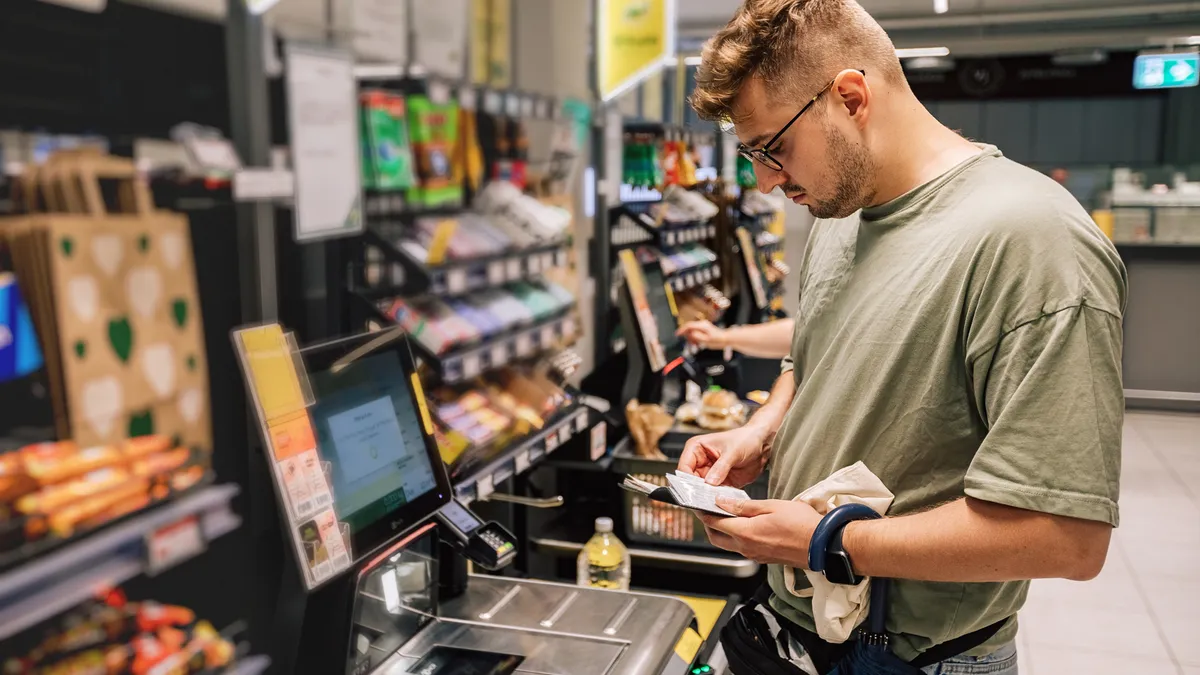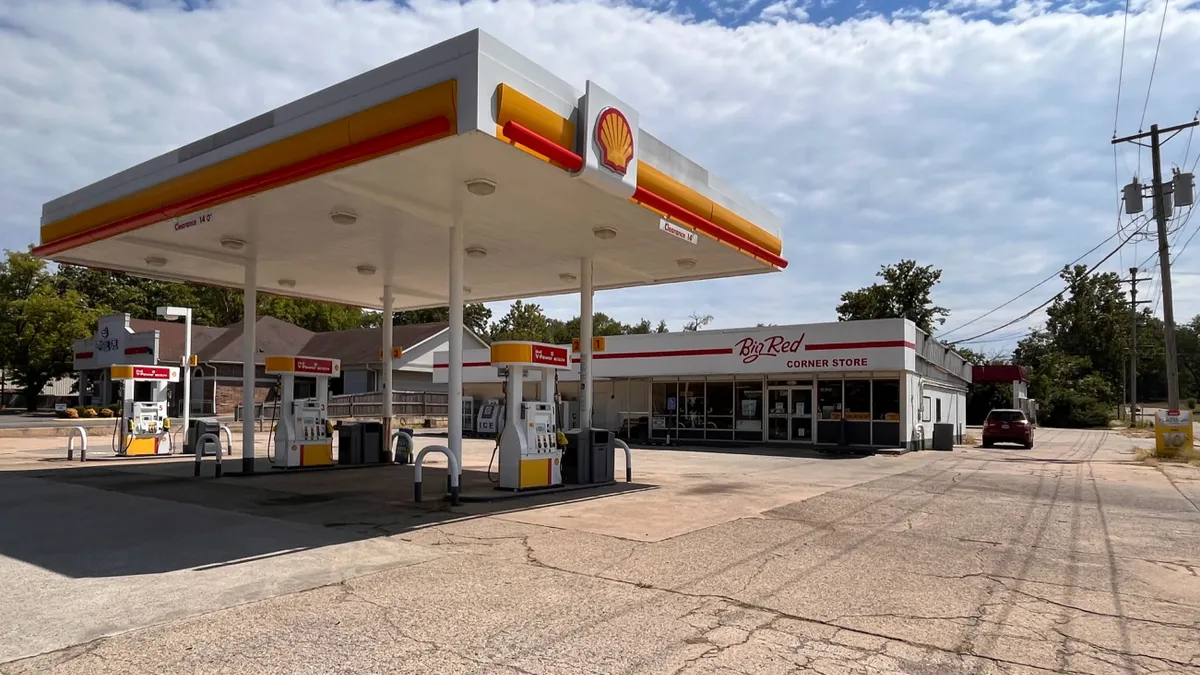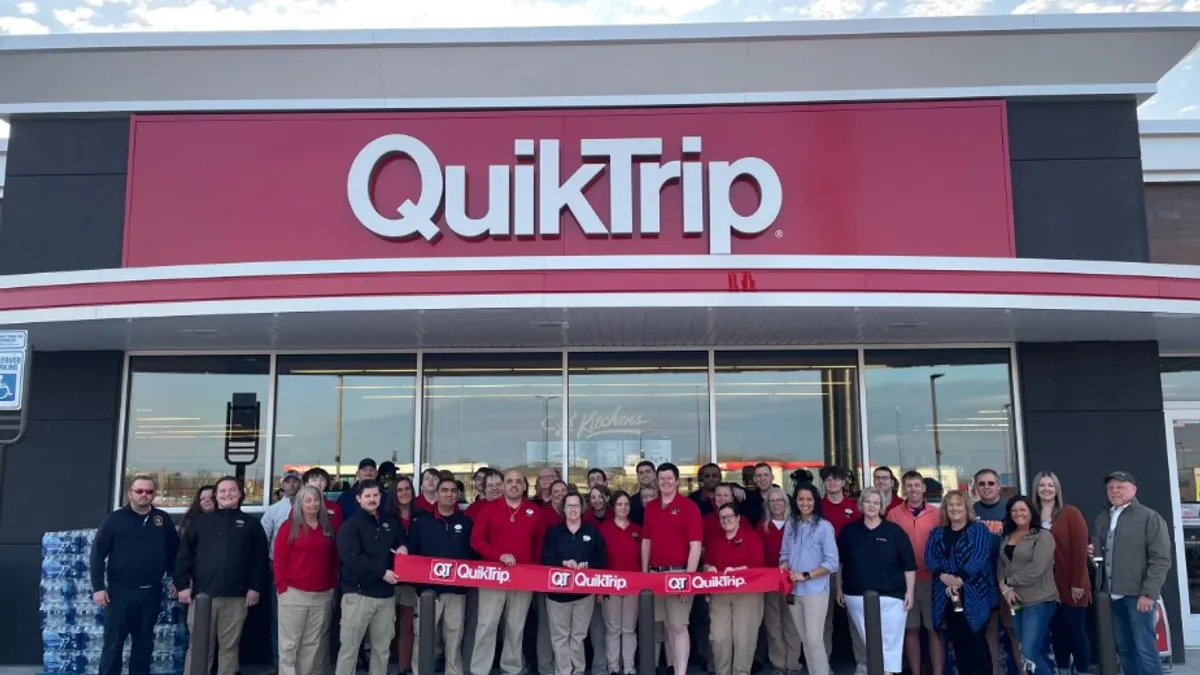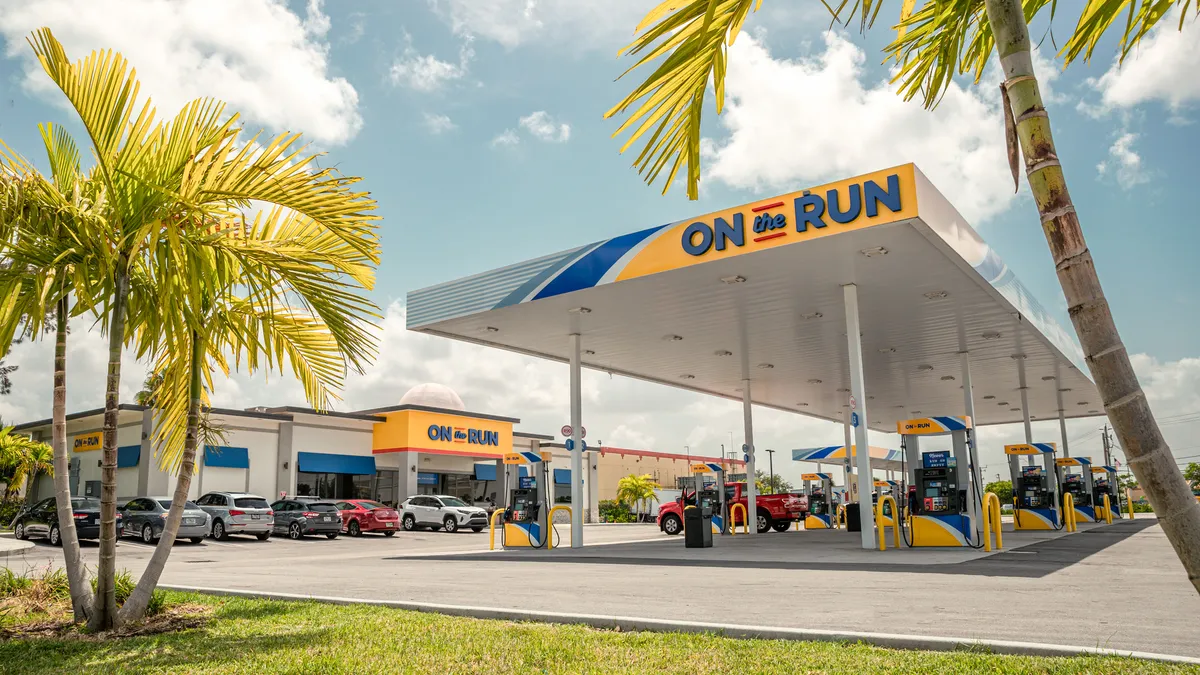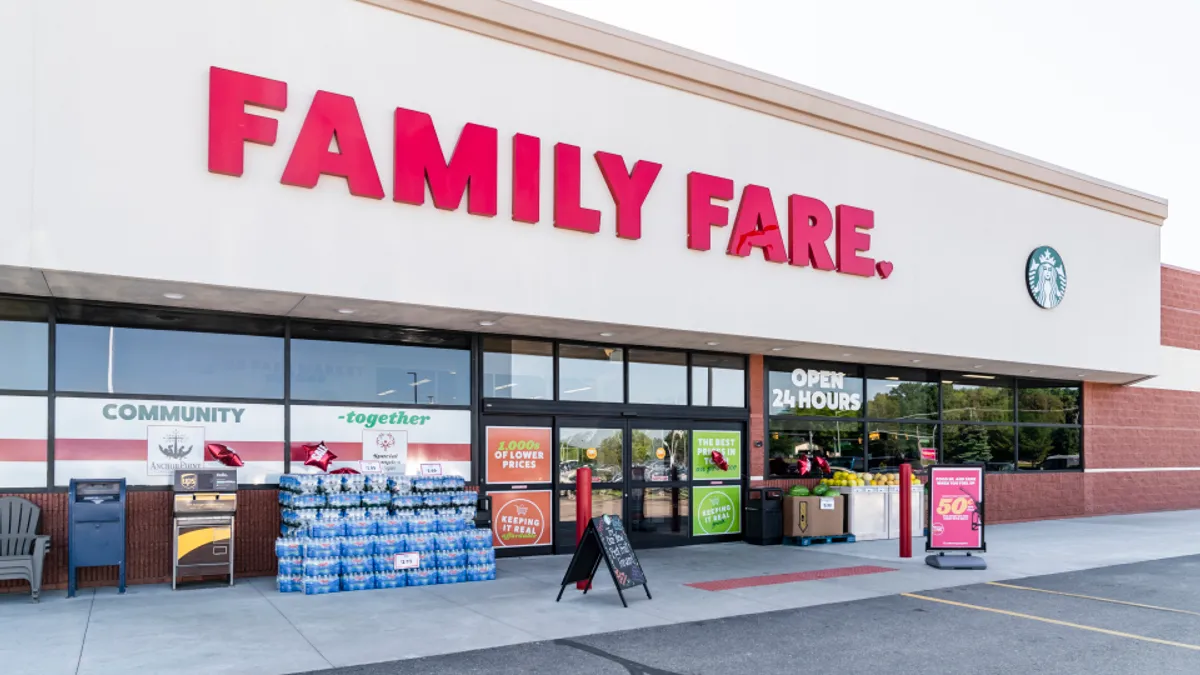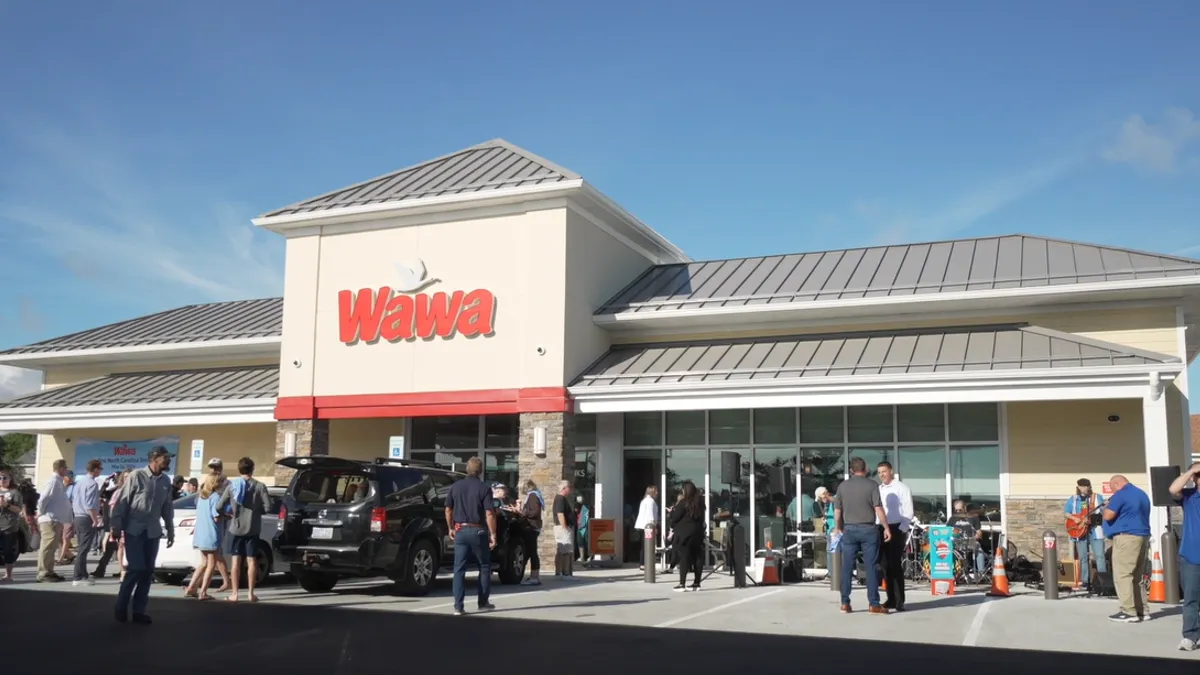The last few years have been a time of fiscal uncertainty and tightening purse strings for customers and retailers alike as prices for everything from gas to food to homes soared.
The U.S. hasn’t seen such a protracted period of inflation since the 1980s, experts said.
“That means Gen X, Millennials and Gen Z have never experienced anything like this,” noted Anne-Marie Roerink, principal of market research firm 210 Analytics.
According to a study from data and market research company Numerator, rising prices for essentials like food, housing and more were a concern for 75% of respondents, on average, between the middle of 2022 and the end of 2023. More than half of respondents had a high level of concern about the economy every month since March 2021, the firm reported.
Convenience stores faced a “double whammy,” said Jon Rinaldi, managing director of Wells Fargo Restaurant and Convenience Store Finance, because so many of them rely on fuel sales. When nervous consumers decide to trim spending, c-stores take a hit in the forecourt and in the store.
Even though inflation rates have come down significantly — the December consumer price index level rose 3.4% year over year — consumers are still reeling from the cumulative effects of rates above 5% that stretched from May 2021 to March 2023.
“When looking across total food and beverages, prices are more than 30% higher today than they were pre-pandemic,” Roerink said, with some categories even higher. These increased prices have led consumers to cut spending, dip into savings or even increased their credit card debt, she noted.
Because these costs were not concentrated in certain areas but were instead impacting almost all areas of life, she said, “there is little relief.”
Roerink noted that it typically takes about four to six months from the time inflationary pressures ease until consumers feel safe enough to spend more freely. However, a CPI increase of 3.4% is still well above pre-pandemic levels, and that hesitance to spend is reflected in a consumer confidence rating that still remains well below where it was in 2019.
But experts point out that even while c-stores wait for confidence to return, there are still opportunities for gains.
“If anything, life has become a nonstop balancing act in which consumers carefully manage price and cost against convenience, health, nutrition, experience, tradition, sustainability and more,” said Roerink. “Oftentimes we see the same exact shopper during the same exact trip purchase ultra value right along premium items.”

Good news and bad news
Even during the days of large price increases, c-stores showed resilience.
“Basically through 2023 convenience outperformed our multi-outlet channels,” said Scott Love, senior vice president, retail client solutions for Circana. “So I think there's a good chance that continues in 2024.”
Michael Swanson, chief agricultural economist for Wells Fargo’s Agri-Food Institute, noted that while consumers faced high inflation over the past few years, the country has also seen strong jobs and wage growth. Nearly 60% of U.S. workers have seen their wages grow faster than inflation, according to Bureau of Labor Statistics data.
“I think it's really important for everybody to just keep in mind that job growth and miles driven and wage growth are the three things that really support any retailer, and especially convenience stores,” said Swanson.
Some categories are also starting to see some slight deflation, Roerink noted, which could further help the recovery.
“The question is whether we are going to see dollar declines or whether increased demand will keep dollars steady,” Roerink said.
Love said increasing demand could come to fruition, saying “if people get more comfortable with pricing and promos, you can start to see some of that unit growth come back.”
However, one of the issues that retailers like c-stores and grocers face is that customers are much more likely to balk at price increases among items they buy frequently — things like snacks or coffee.
“You know the price because you can remember what you paid for it last time,” said Swanson. “It'll take a while for them to adjust your prices because they can still feel the unfairness of going up that much.”
This also goes for fuel prices, said Rinaldi. He said he expects people to remain careful when planning big purchases like vacations, but that reduced fuel prices would encourage more driving. GasBuddy anticipates average gas prices for 2024 to be $3.38, down from $3.51 in 2023.
Lower gas prices would especially help the middle- and lower-income brackets that are c-stores’ bread and butter, Love noted.
Pulling economic levers
C-stores have already taken steps over the past few years to mitigate these issues and should keep doing these things in 2024.
One strategy was stocking more private label items. Private label sales in c-store grew 4% 2023, according to Love as retailers like TXB and Caseys built out their sets. Art Sebastian, former vice president of omnichannel marketing for Casey’s General Stores who is now CEO of Nexchapter LLC, noted that store brands can help retailers build their brand in addition to offering lower prices.
Swanson said that larger retailers, including c-store chains, could also start pushing back against suppliers on price increases. He noted these companies might push for more promotional activity, saying they “would like to have some help, whether from trade money or from other things to help us feature your product in our store.”
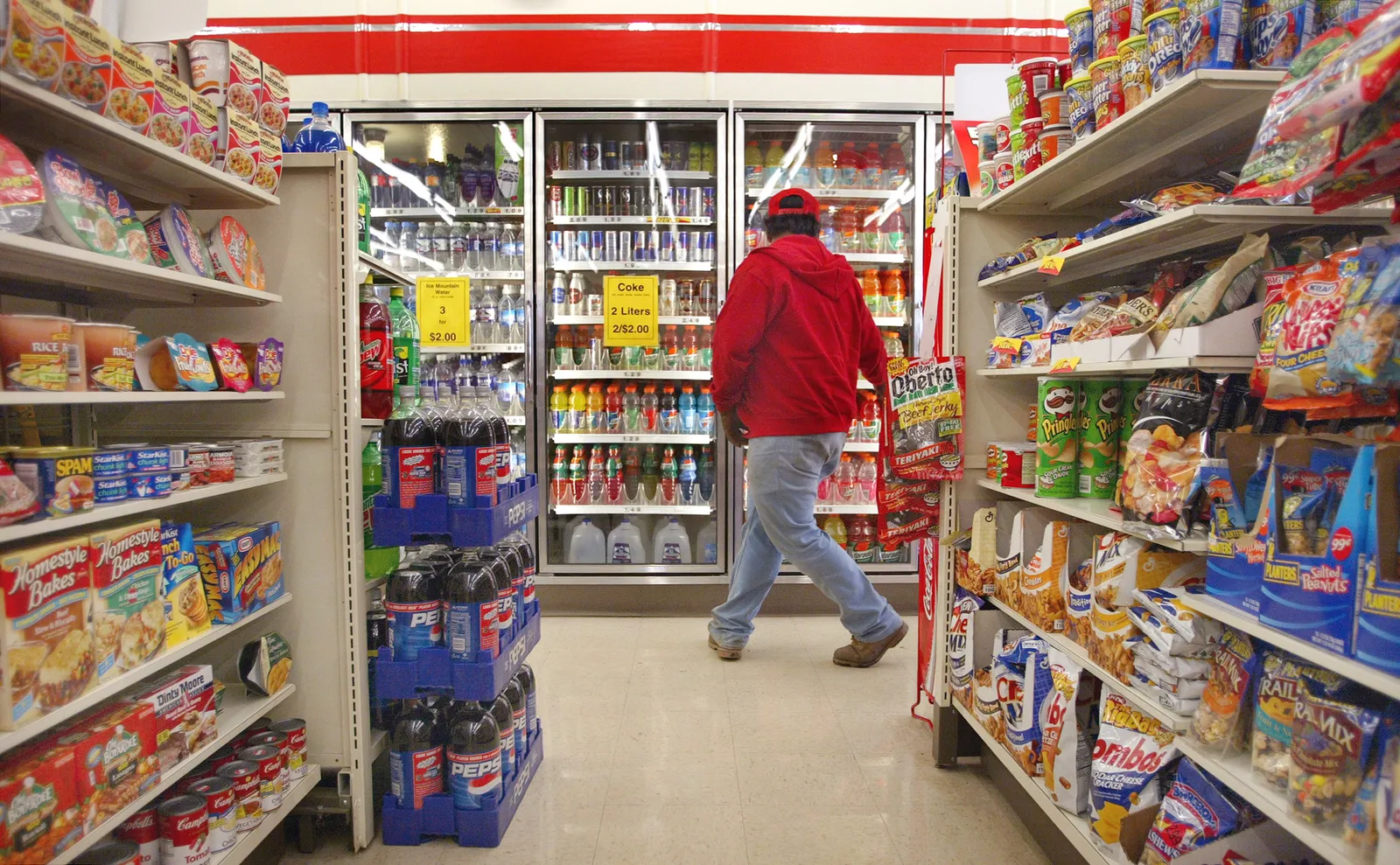
C-stores could also lean more on their status as a one-stop shop, said Swanson. And since many of the items people buy at convenience stores are vices that customers don’t want to give up, it gives people more reasons to come in — especially if retailers provide appropriate discounts and promotions.
Roerink agreed: “By leveraging all the departments, shorter durations and new discount types, retailers have been able to bring more promotions and better price points, especially in the second half of the year.”
Roerink also noted that c-stores should continue to leverage their wide variety of package sizes, giving customers affordable price points for both essentials and those little luxuries.
Loyalty’s role in encouraging sales
While c-stores are competing among themselves for every dollar, they’re also increasingly competing against restaurants, grocers, dollar stores and more, noted Sebastian. Which means these retailers need to think more than ever how to make themselves top of mind for shoppers.
“I think the philosophical challenge is [to] build a relationship with your customers,” Sebastian said. “So tactically, that leads you to loyalty.”
A loyalty program attuned to the needs of its customer base can be a deciding factor — but it has to be worthwhile. A 2023 survey by PayByCar found that 20% of respondents who said they didn’t use the loyalty programs they’d signed up for cited the rewards as being either too complicated or not worth the time it took to redeem them.
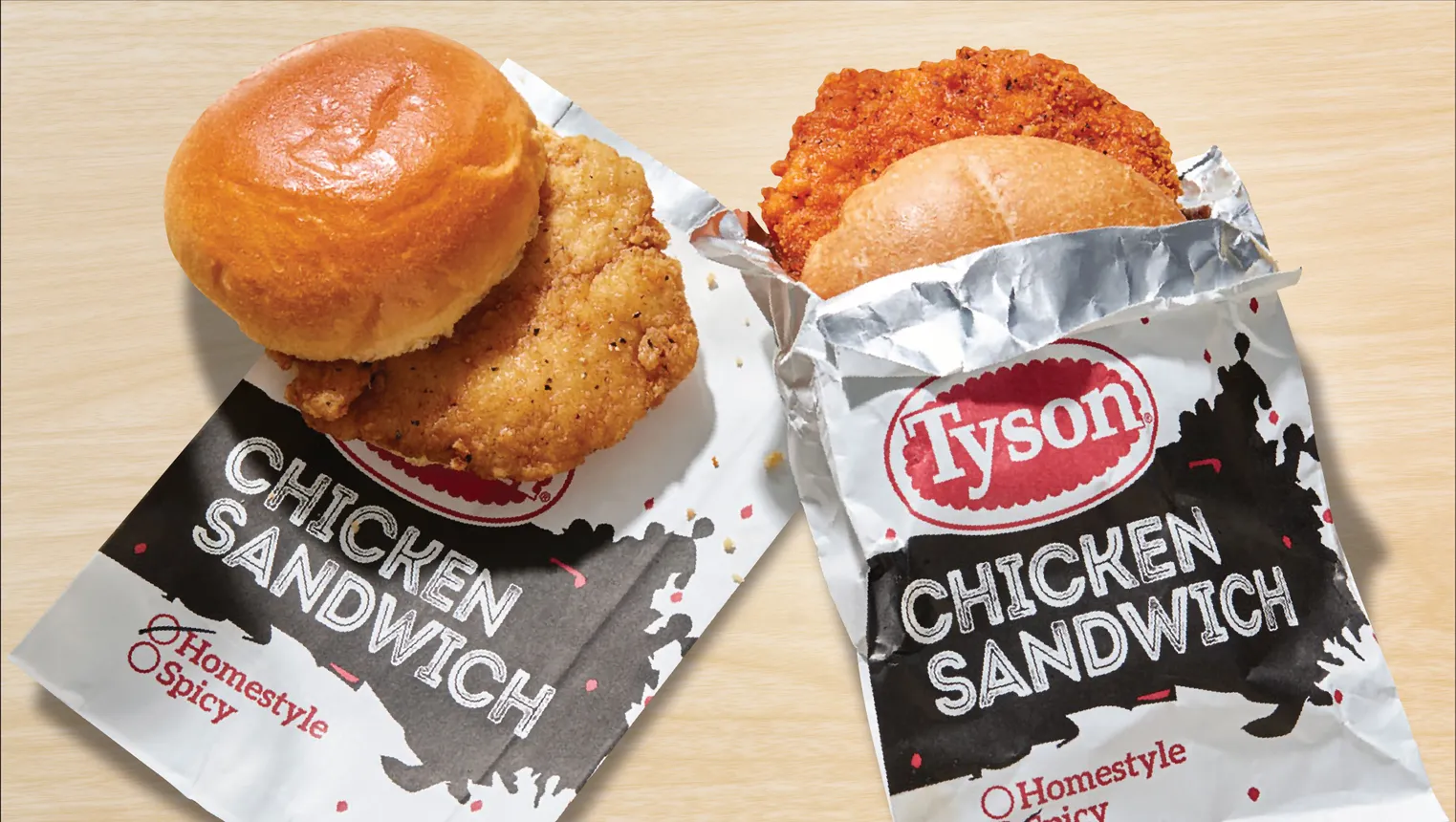
“You never want to get complacent from that perspective,” said Swanson, adding, “anything to make them feel comfortable that they're being responsible with their money is a positive.”
The c-store industry is already seeing more companies trying to ease the pressure with specials. For example, Arko Corp. recently added a chicken sandwich to all its stores with in-house foodservice that can be purchased for $2.99 by fas Rewards members.
Casey’s General Stores, known for its pizza offering, uses its loyalty program to give customers double points on whole pizzas. Points can then be turned into in-store currency for discounts on more pizza, or almost anything else.
On the beverage side, both Wawa and GetGo Cafe + Market have intermittently offered free coffee on specific days to loyalty customers.
Whatever they decide to do, c-stores can’t approach the year with fear, experts say.
“Any business that operates always anticipating a recession or making those accommodations is usually sitting on the balls of their feet instead of being on their toes and being ready for a change,” said Rinaldi



